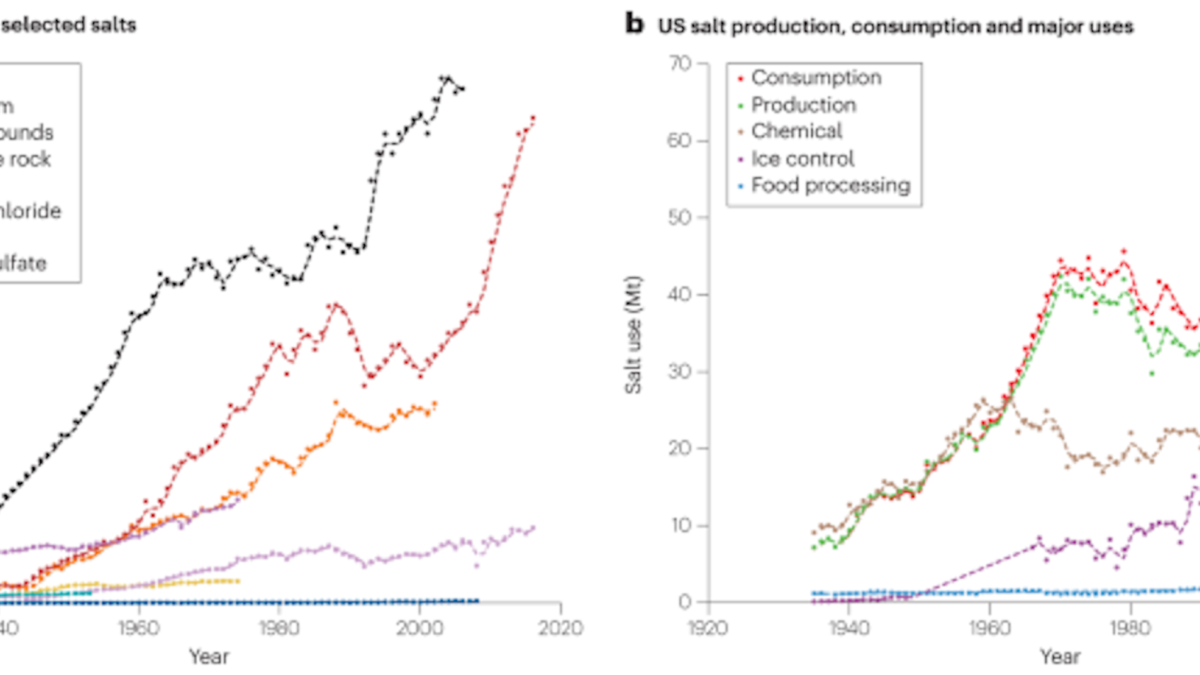Ocean heat has shattered records for more than a year. What’s happening?

By Delger Erdenesanaa
10 April 2024
(The New York Times) – The ocean has now broken temperature records every day for more than a year. And so far, 2024 has continued 2023’s trend of beating previous records by wide margins. In fact, the whole planet has been hot for months, according to many different data sets.
“There’s no ambiguity about the data,” said Gavin Schmidt, a climatologist and the director of the NASA Goddard Institute for Space Studies. “So really, it’s a question of attribution.”
Understanding what specific physical processes are behind these temperature records will help scientists improve their climate models and better predict temperatures in the future.
Last month, the average global sea surface temperature reached a new monthly high of 21.07 degrees Celsius, or 69.93 degrees Fahrenheit, according to the Copernicus Climate Change Service, a research institution funded by the European Union.
“March 2024 continues the sequence of climate records toppling for both air temperature and ocean surface temperatures,” Samantha Burgess, deputy director of Copernicus, said in a statement this week.
The tropical Atlantic is abnormally warm, helping set the stage for a busy hurricane season, according to an early forecast by scientists at Colorado State University. Higher ocean temperatures provide more energy to fuel stronger storms.
Global temperatures are rising long-term because the burning of fossil fuels adds greenhouse gases, which warm the planet, to the atmosphere. So far, climate change has raised the global average temperature by about 1.2 degrees Celsius, or 2.2 degrees Fahrenheit, above the preindustrial average temperature. And because it takes more energy to heat up water than air, the oceans have absorbed the vast majority of the planet’s warming from greenhouse gases.
But the “massive, massive records” set over the past year are beyond what scientists would expect to see even considering climate change, Dr. Schmidt said.
What’s different now, compared with this time last year, is that the planet is dealing with the effects of an El Niño event that began in July. El Niño events are natural climate patterns associated with elevated temperatures.
“The temperatures that we’re seeing now, the records being broken in February and March, are actually much more in line with what we would expect,” compared with those of last year, Dr. Schmidt said. “Let’s see what happens by the summer.”
El Niño is weakening and expected to dissipate soon. What happens to global average temperatures then would help shed light on the temperatures of 2023, he said.
In addition to climate change and El Niño, there are a couple of other factors that might be contributing to these dizzying records.
One is a recent reduction in aerosol pollution from container ships traversing the ocean, following new international fuel standards that took effect in 2020. Ironically, aerosols have a cooling effect in the atmosphere, and had been helping to mask the true extent of climate change until now. [more]
Ocean Heat Has Shattered Records for More Than a Year. What’s Happening?


